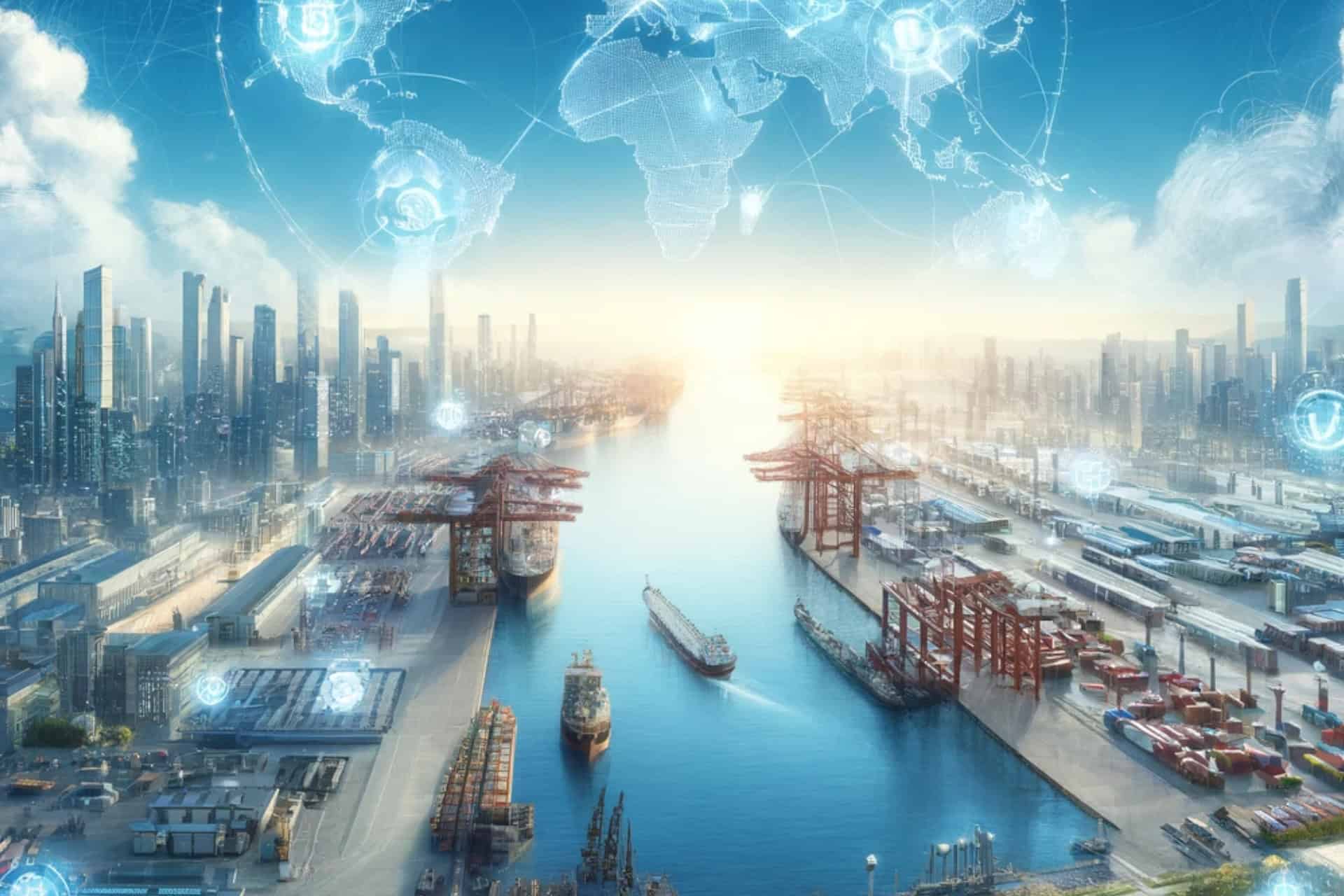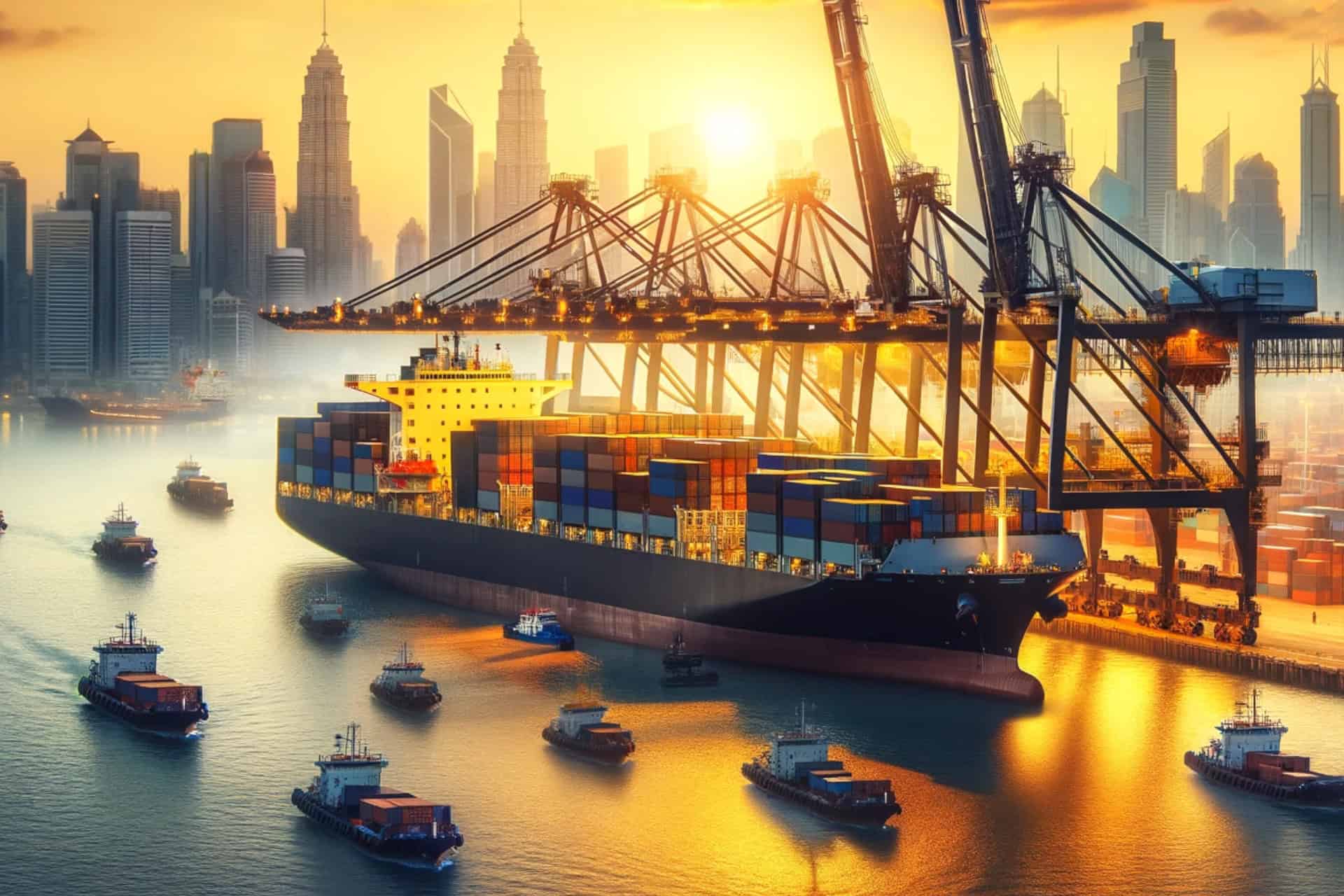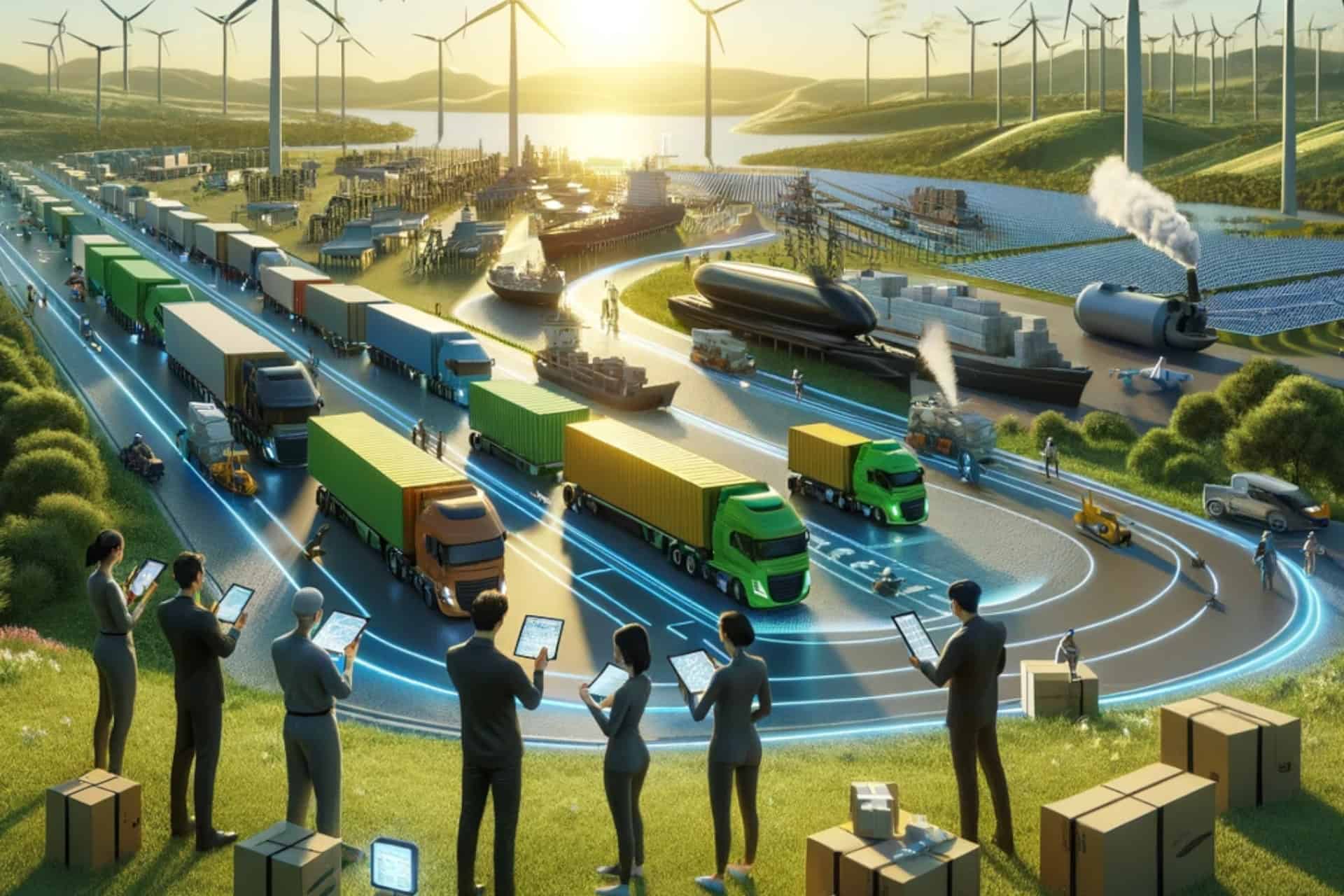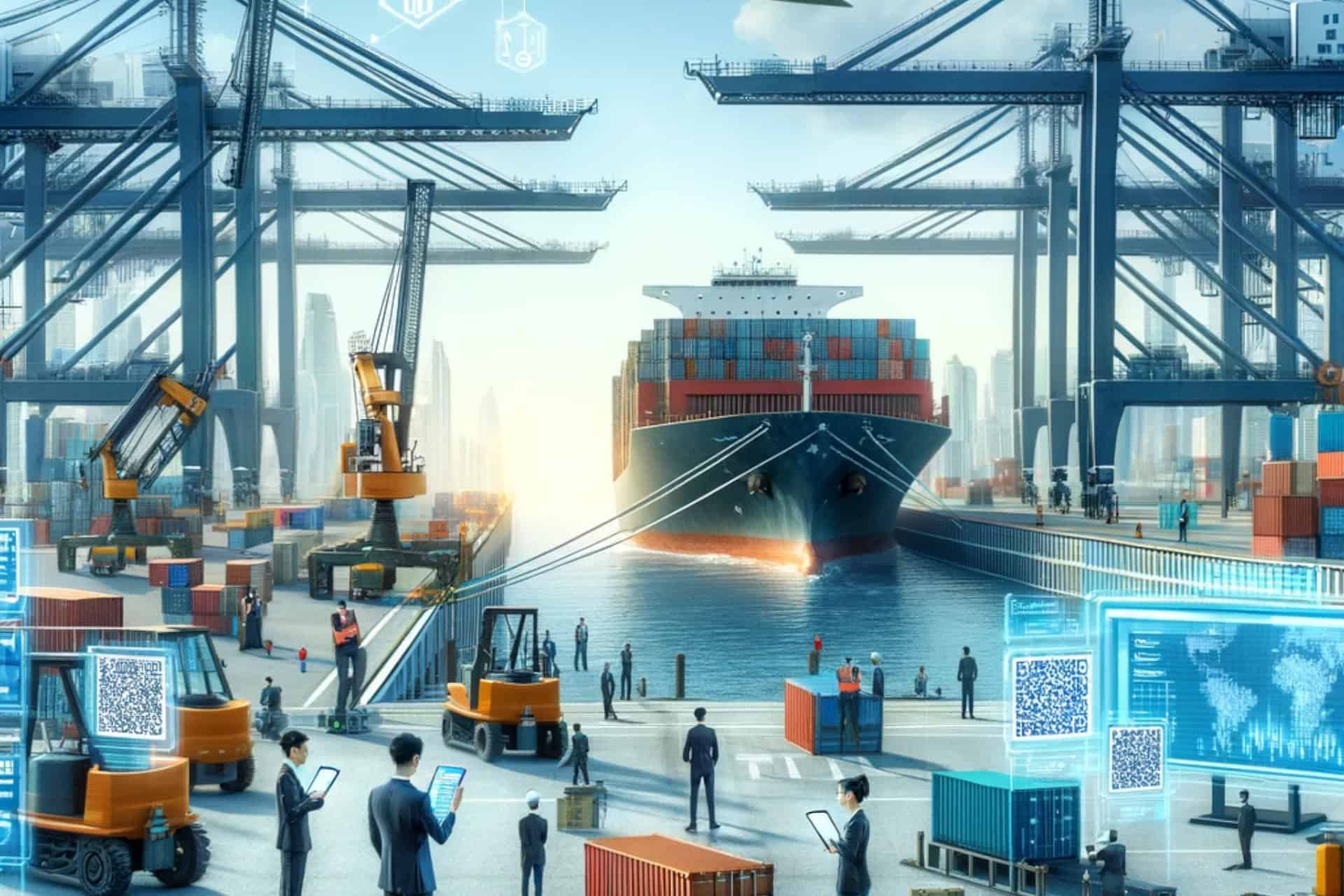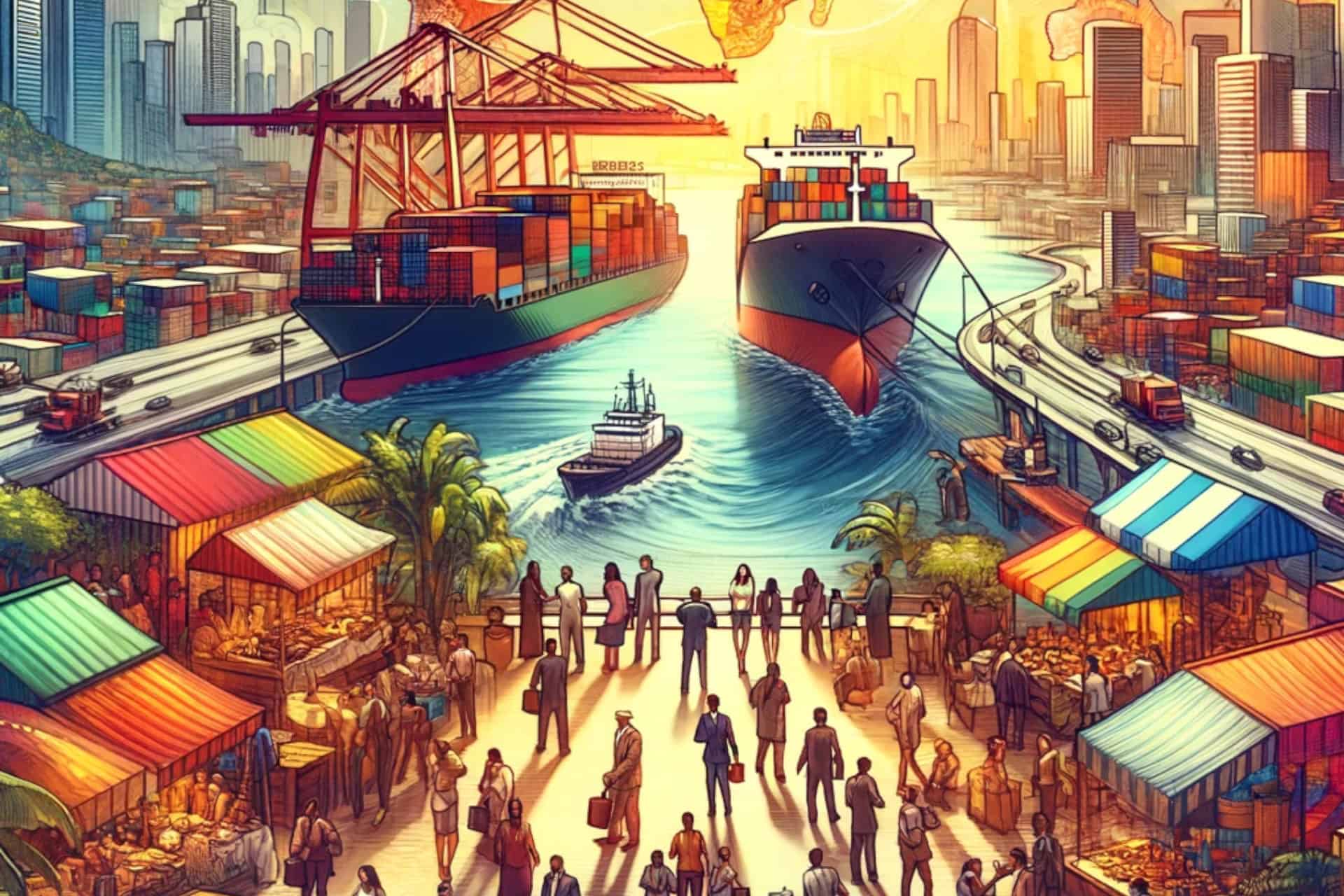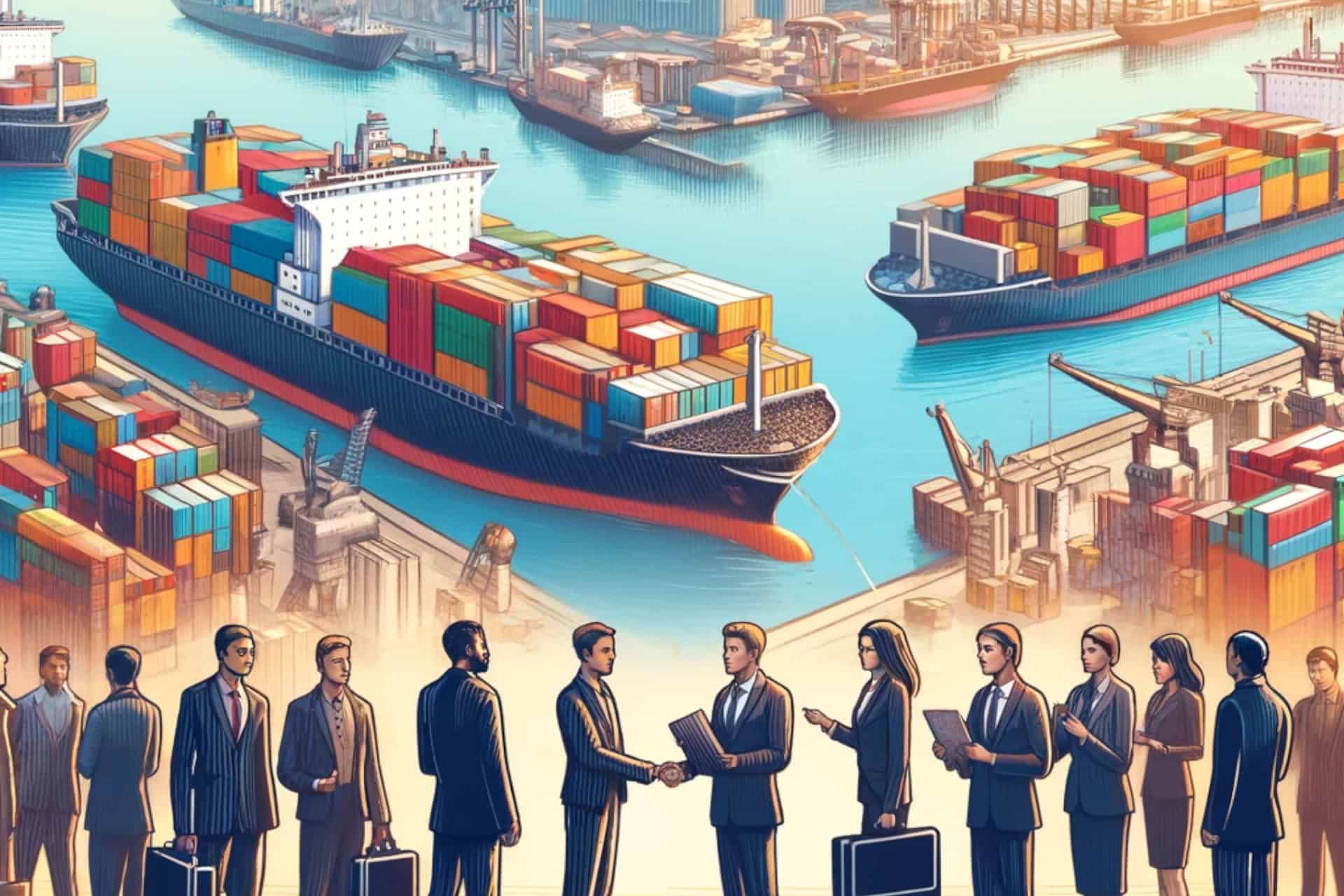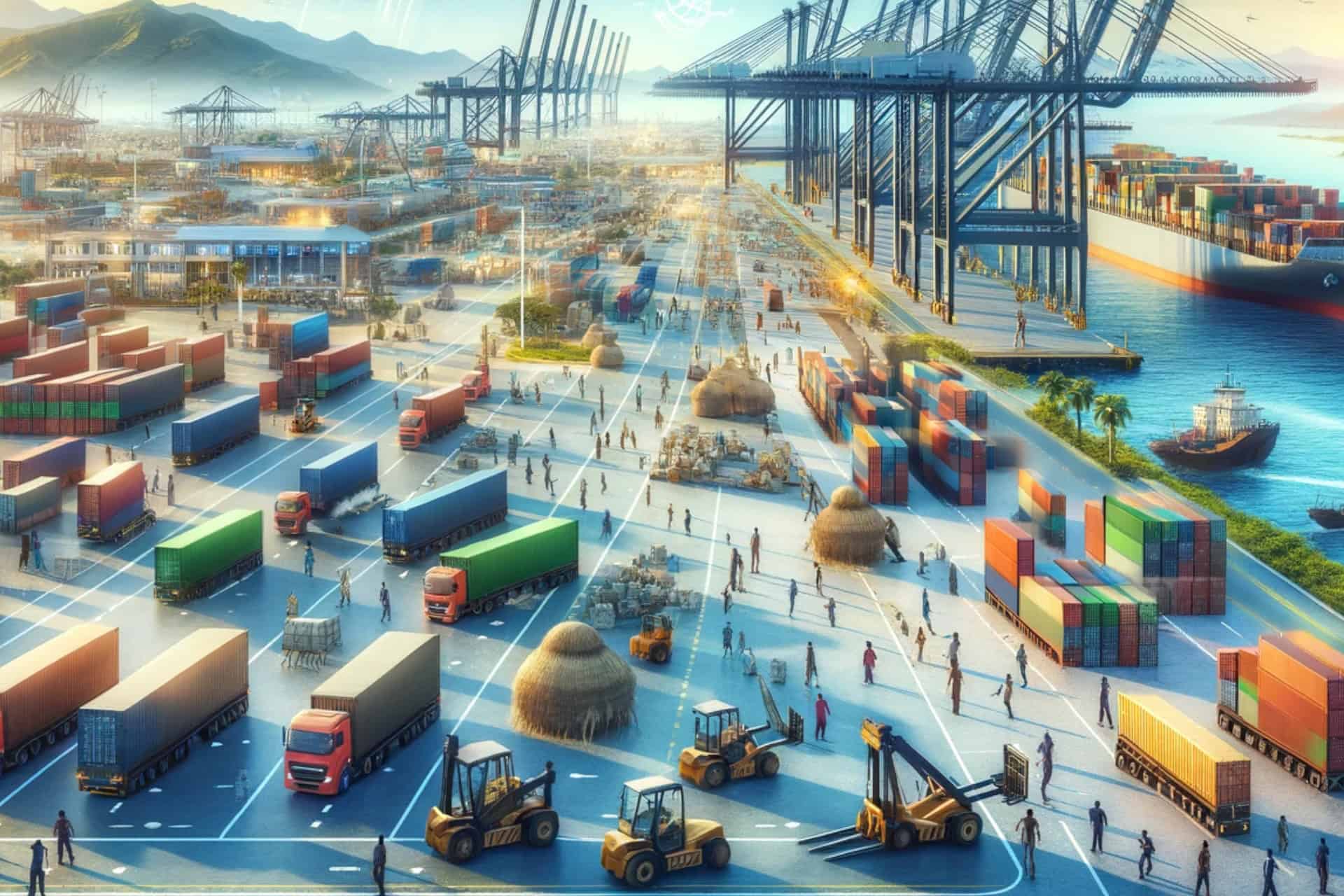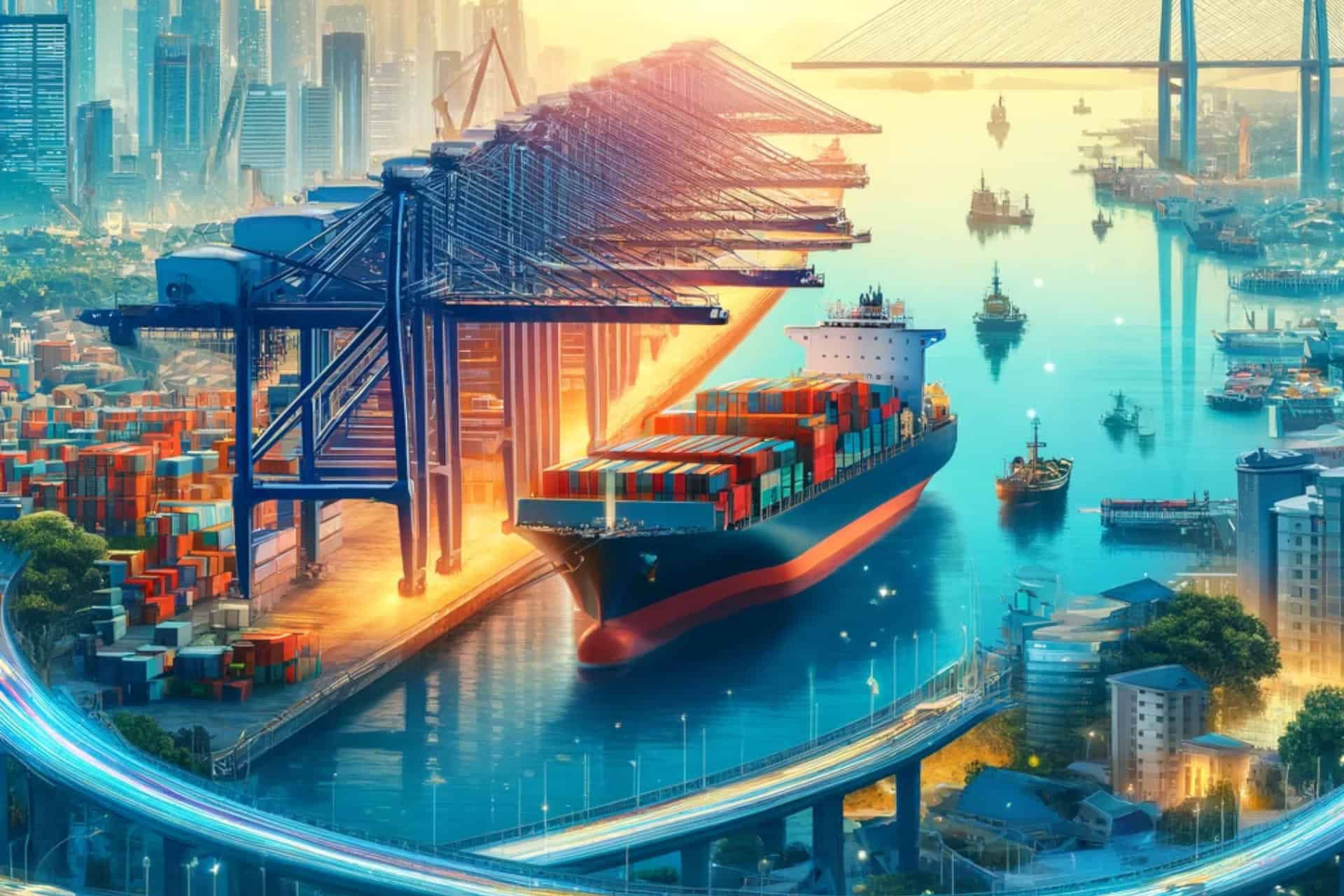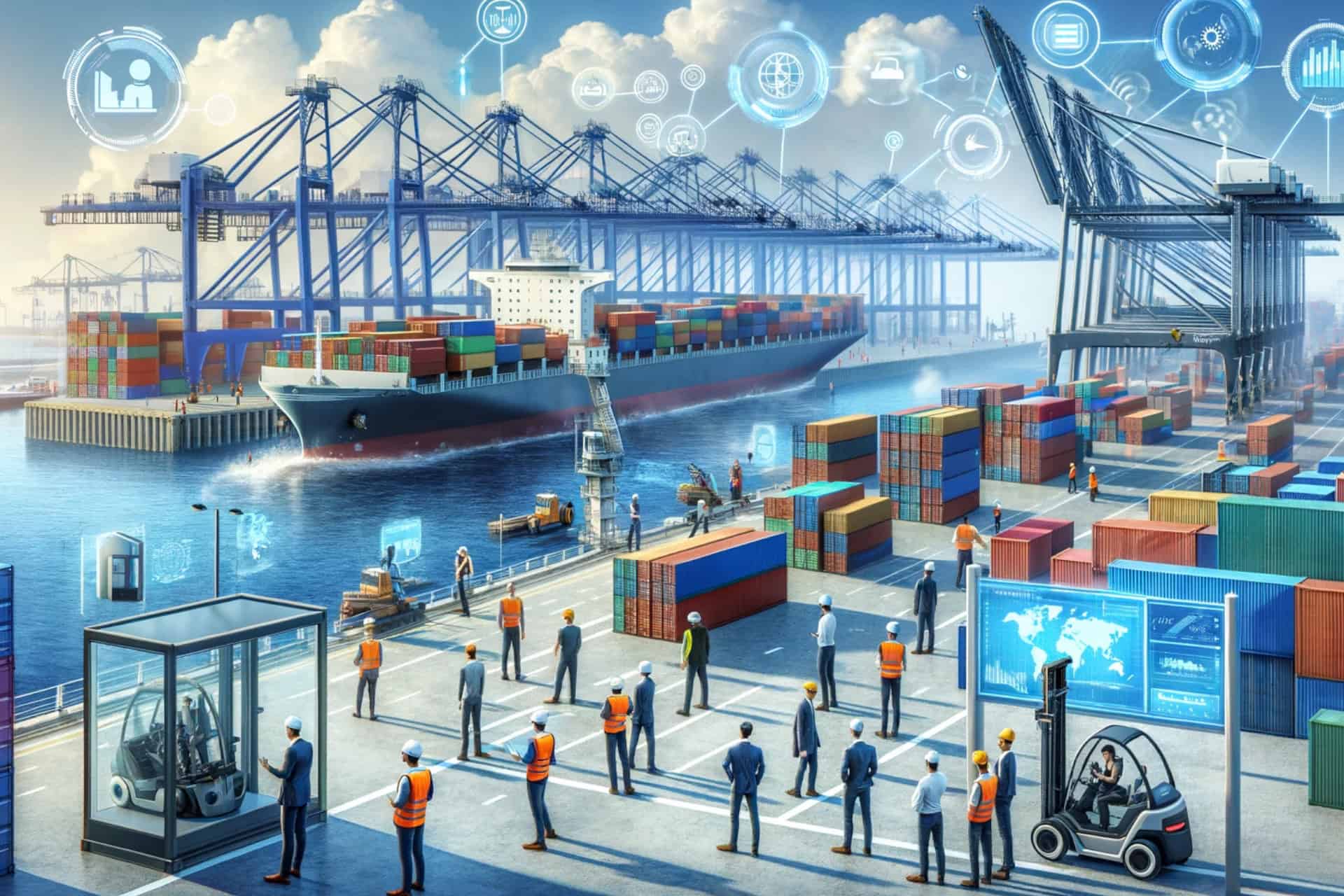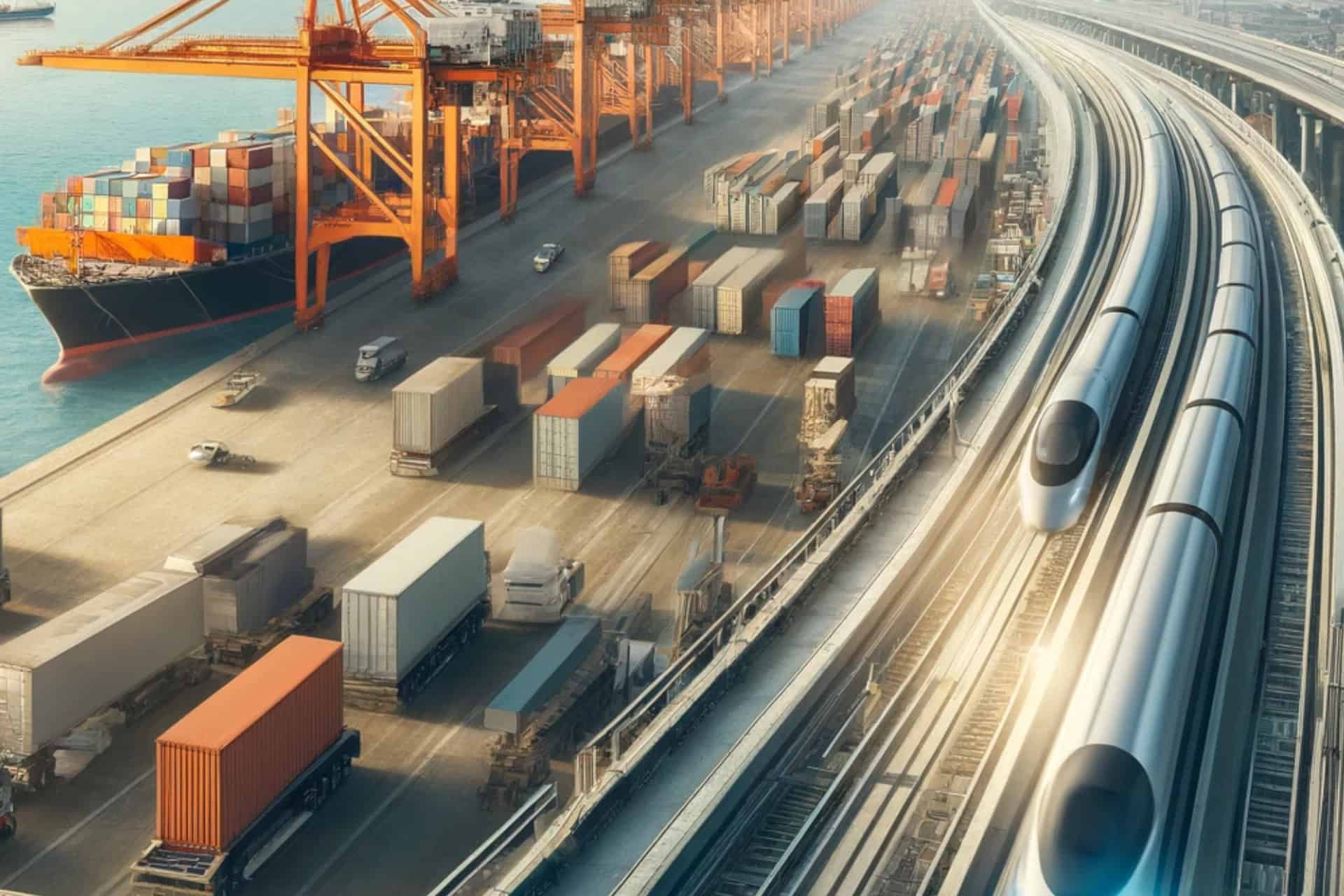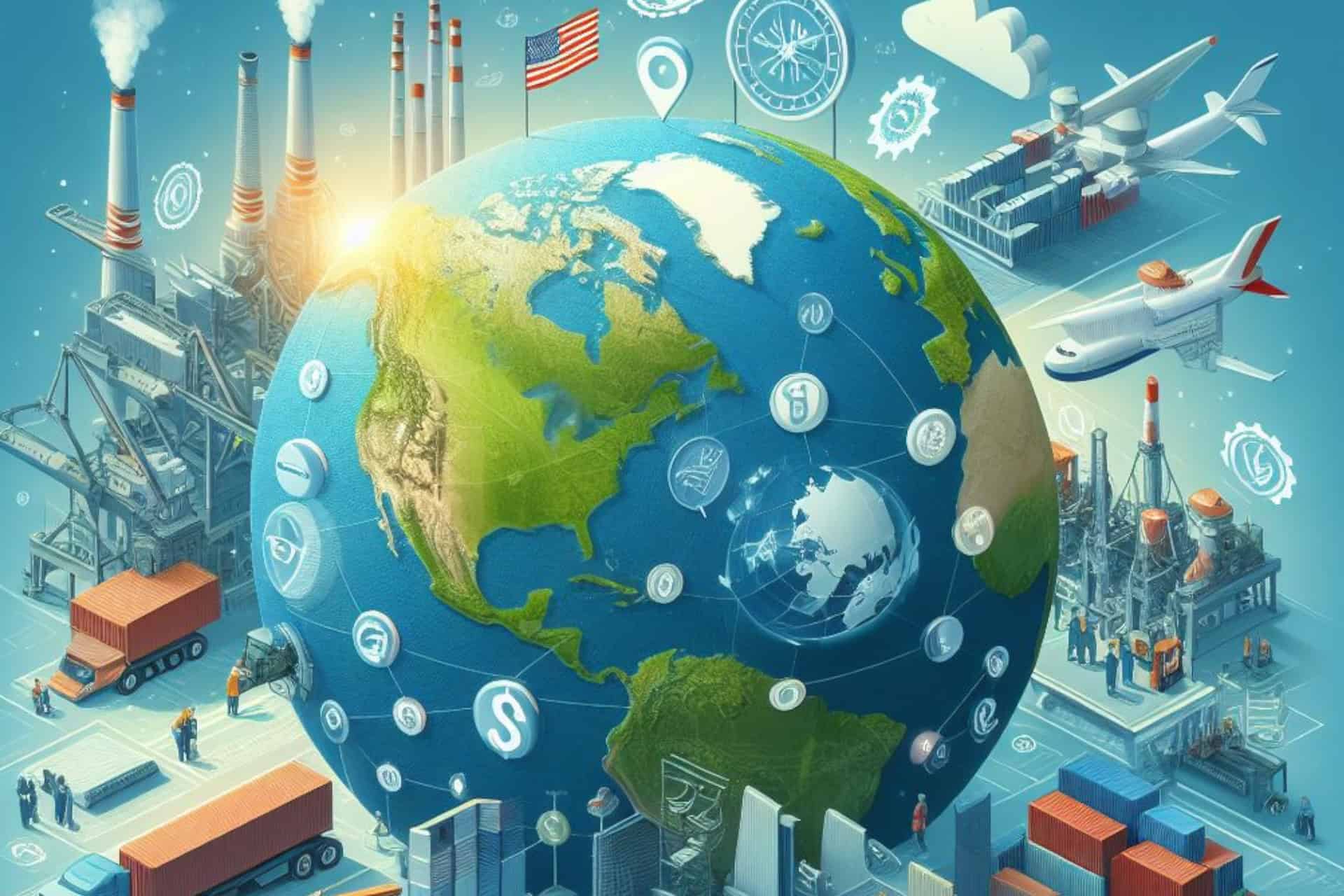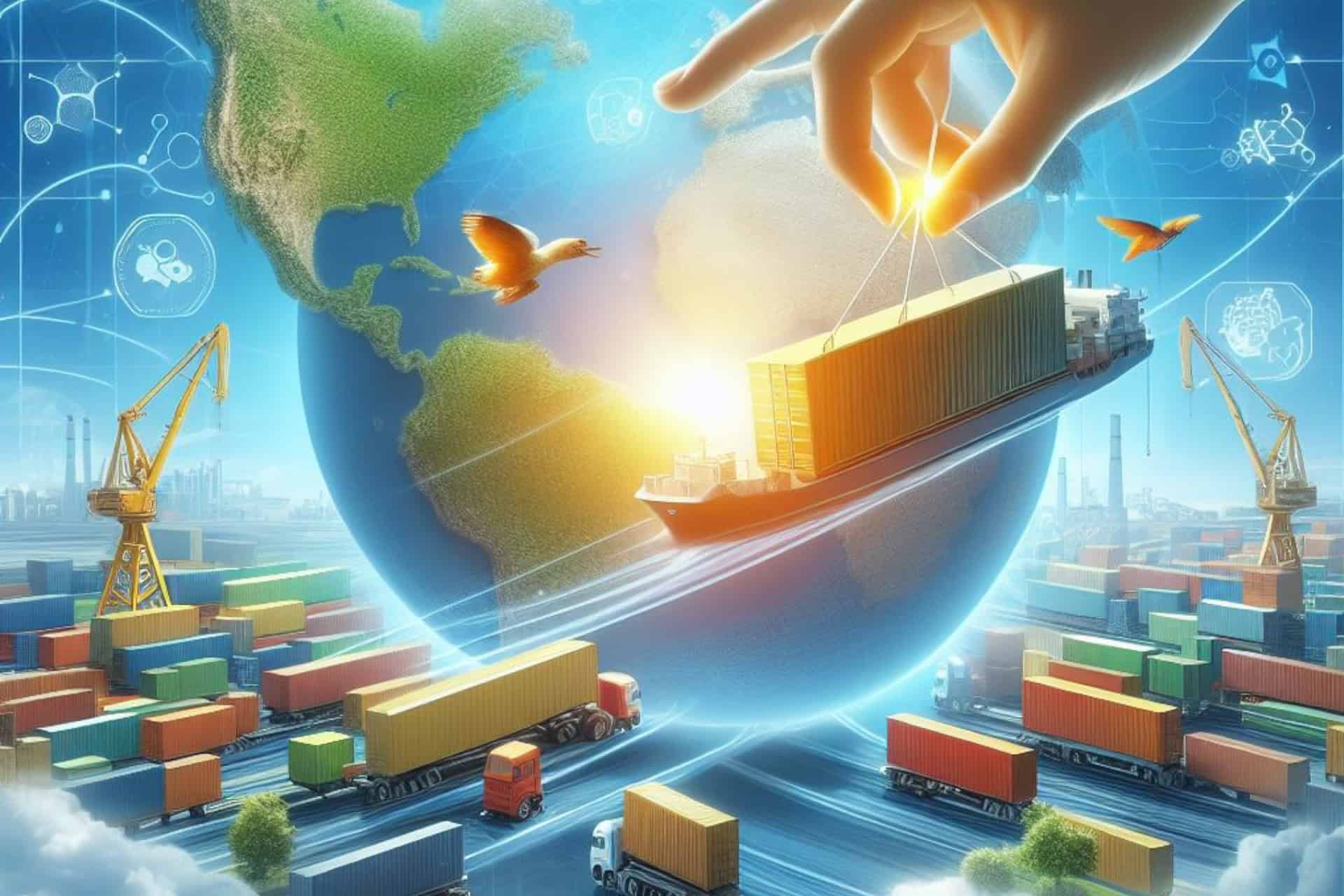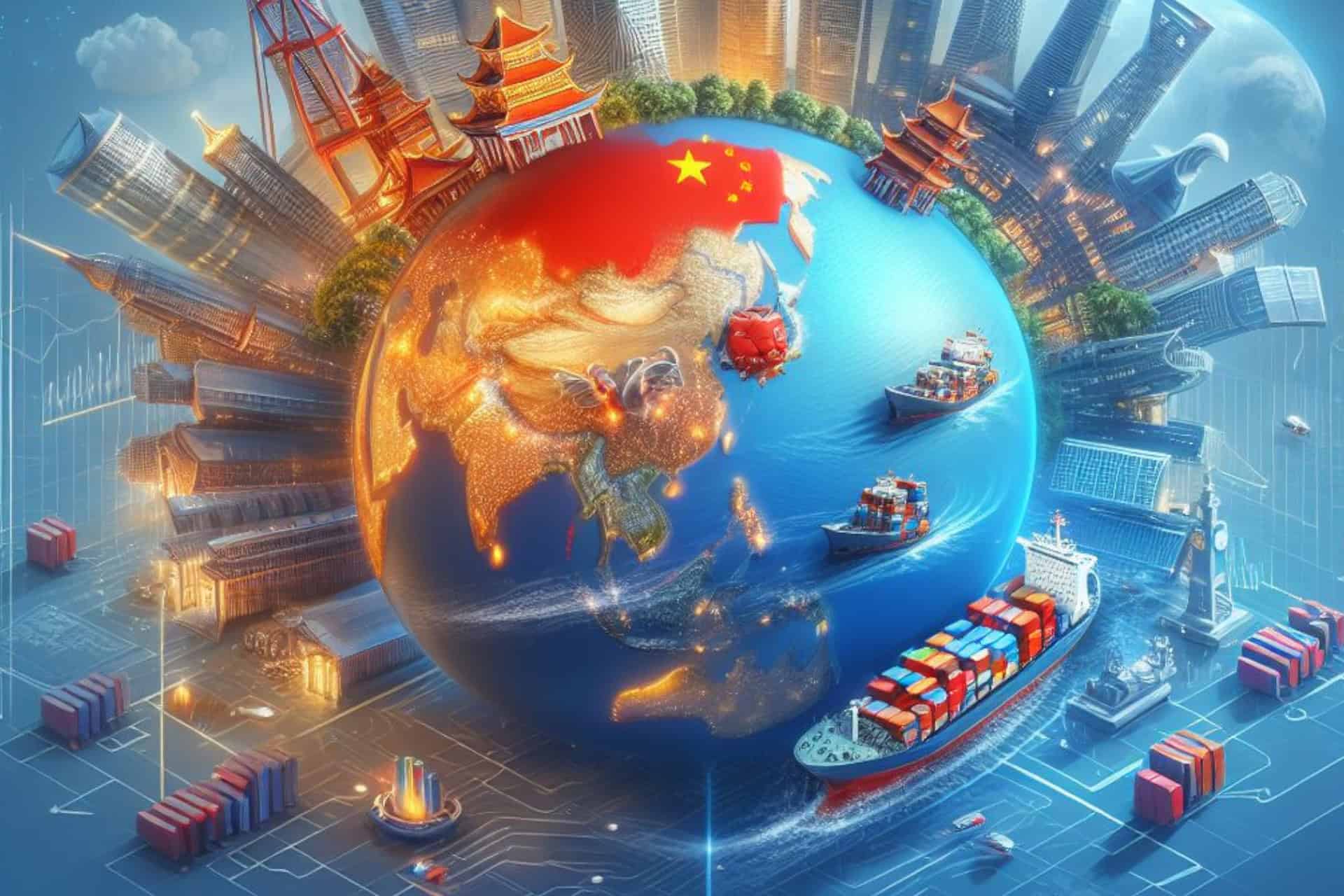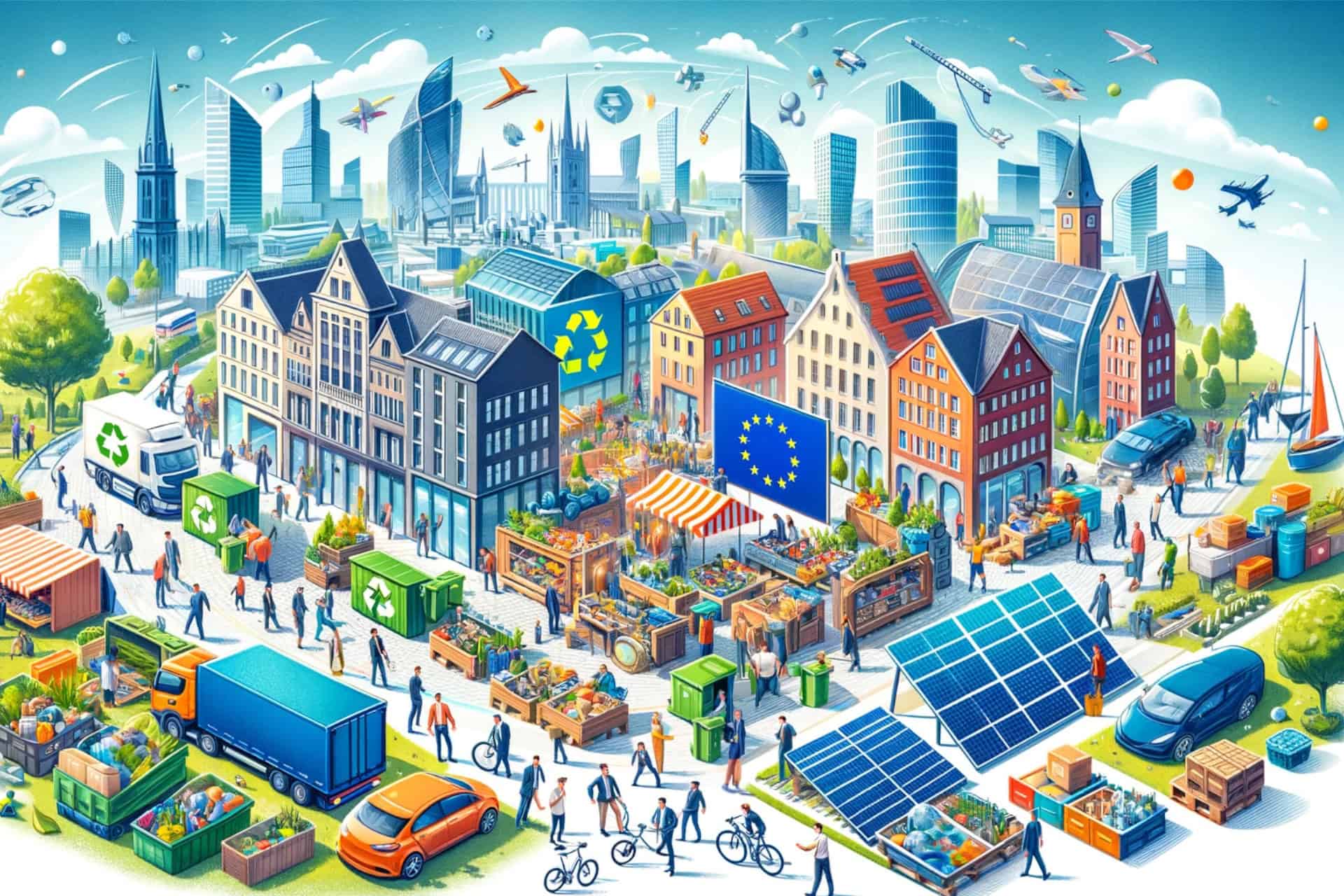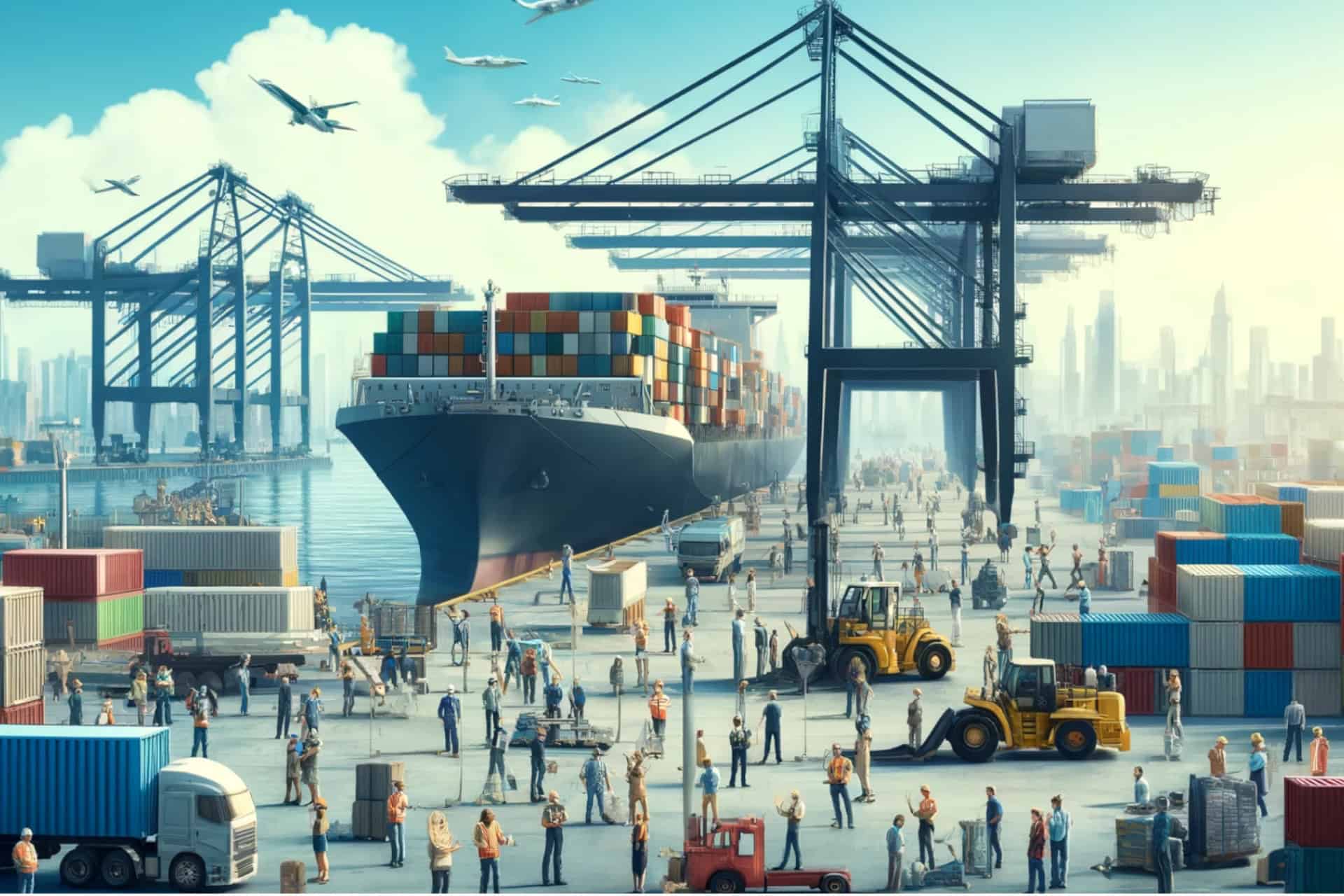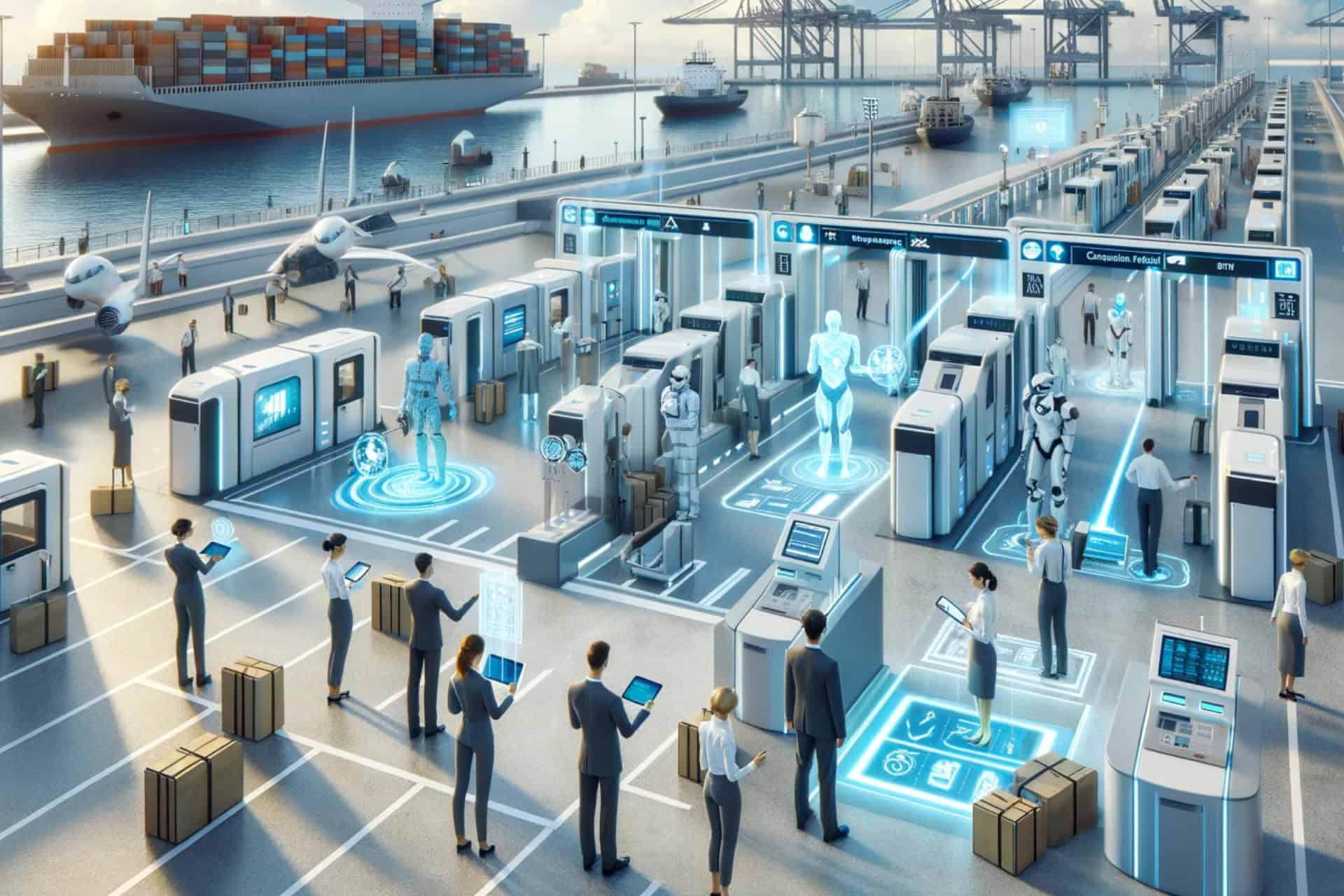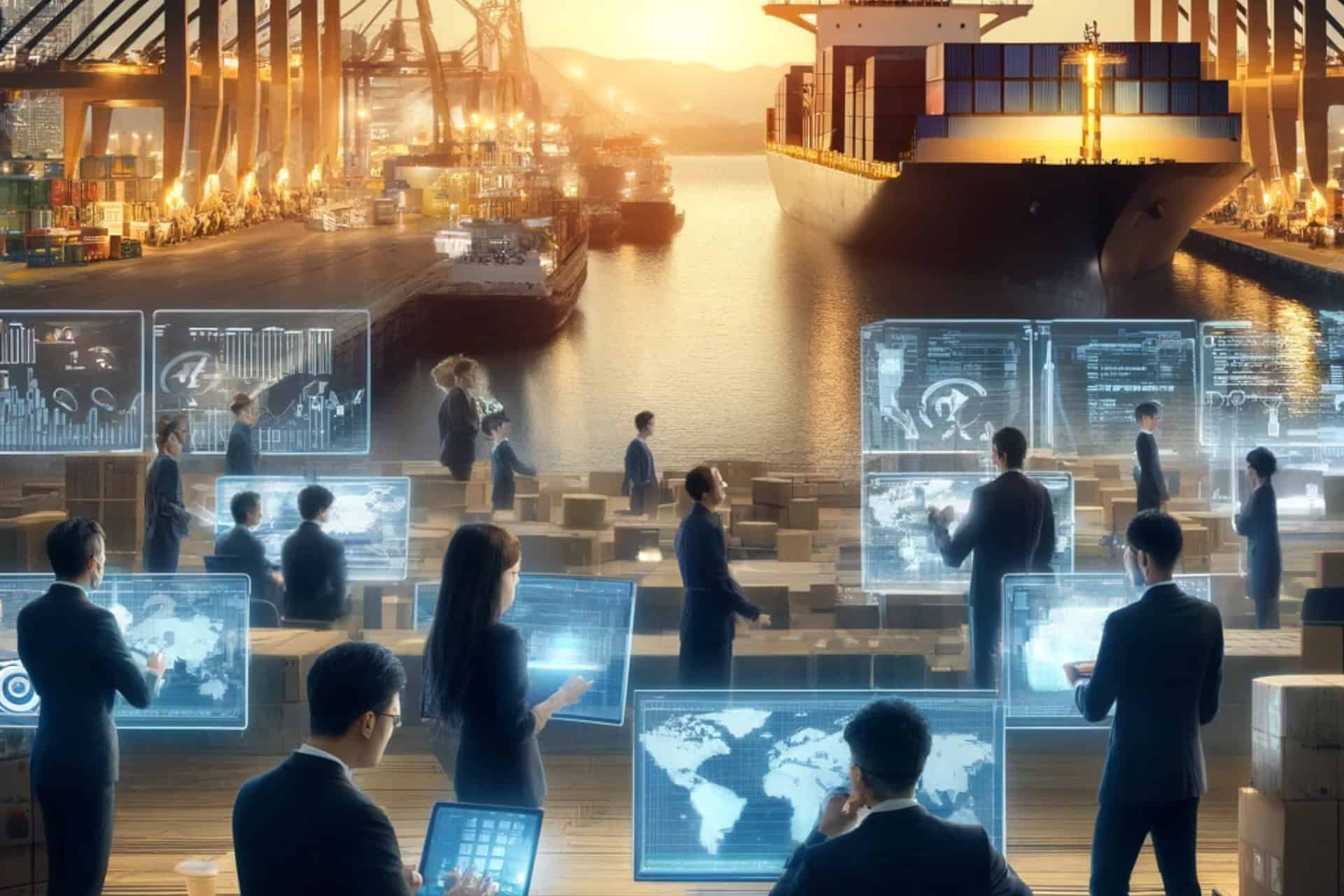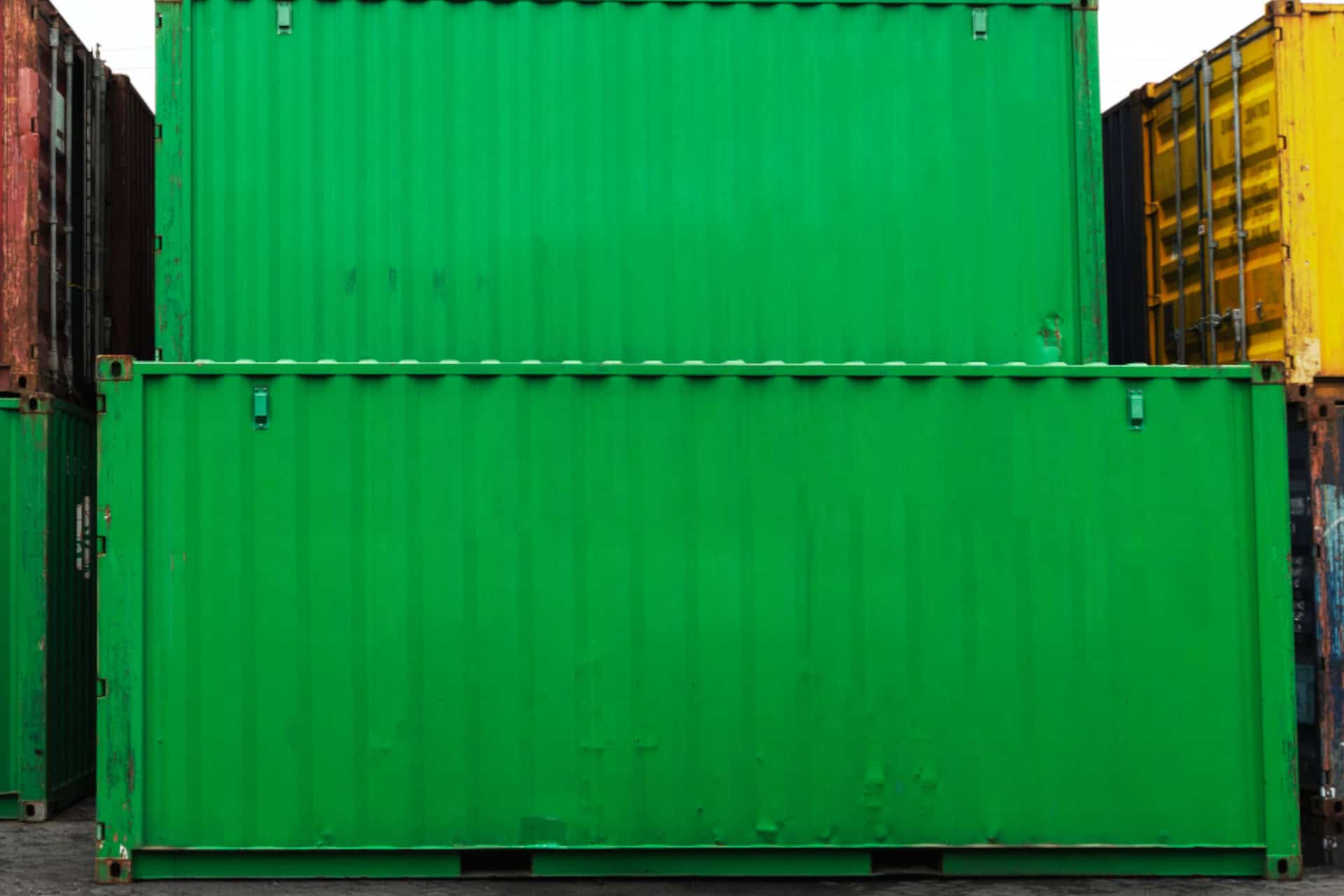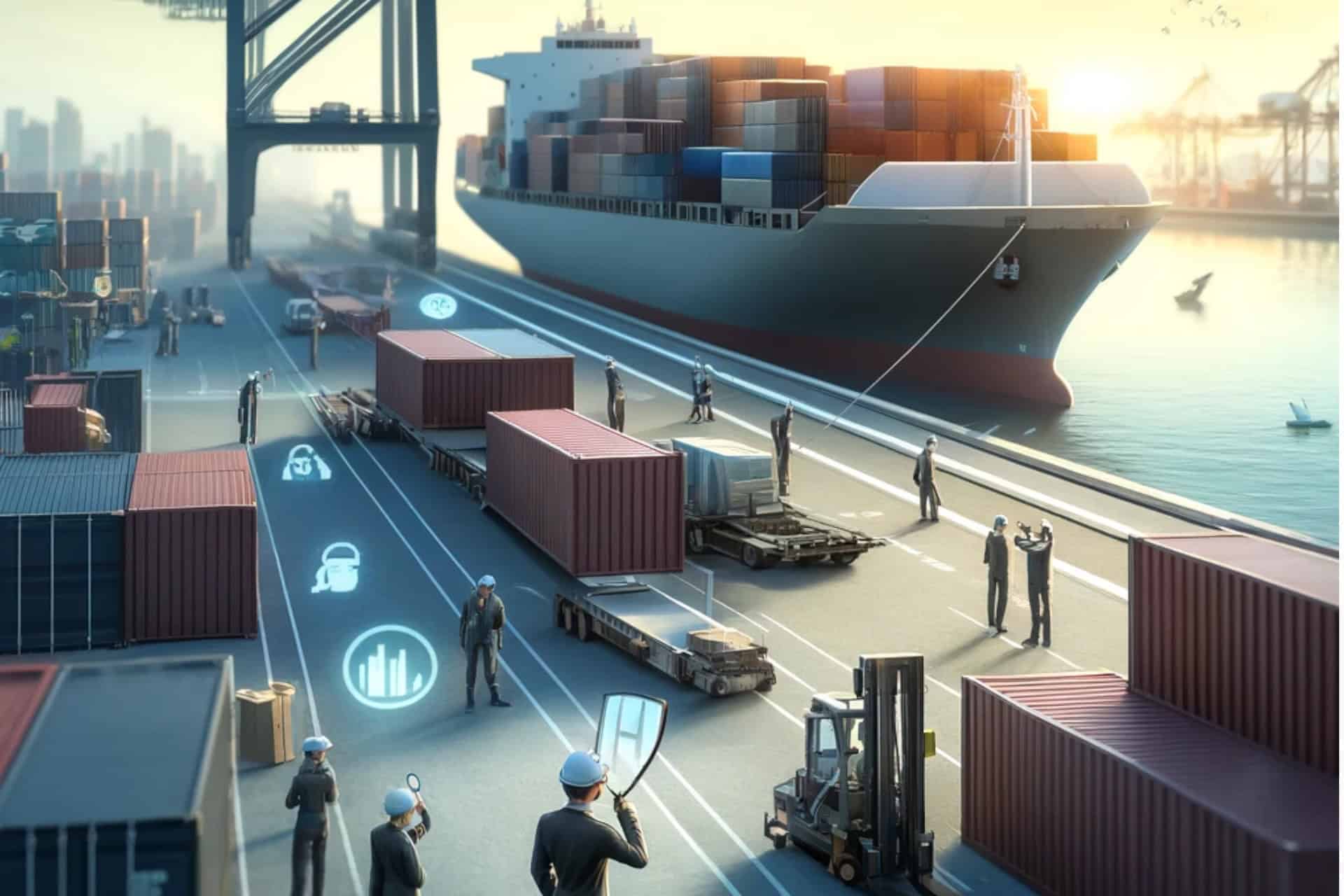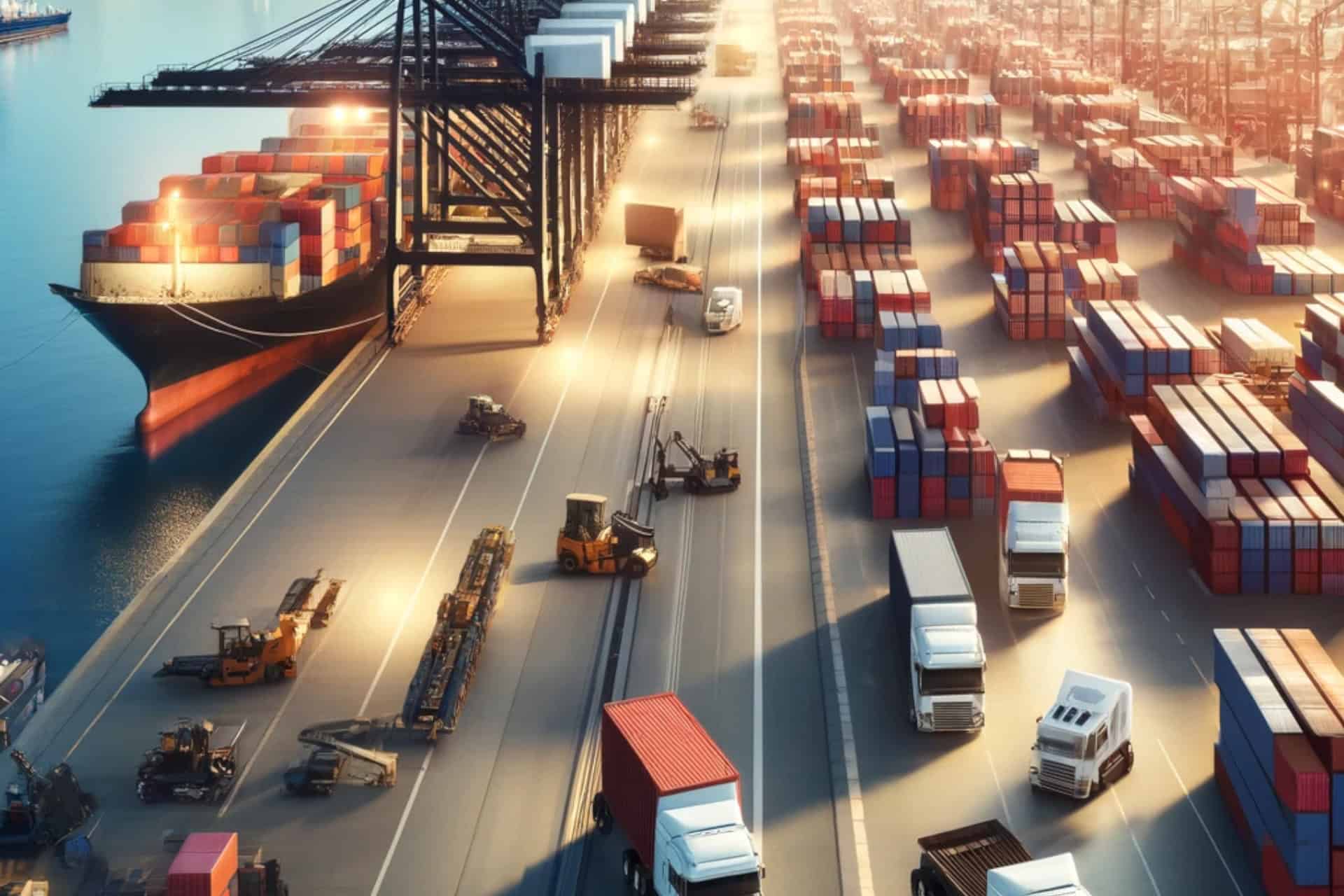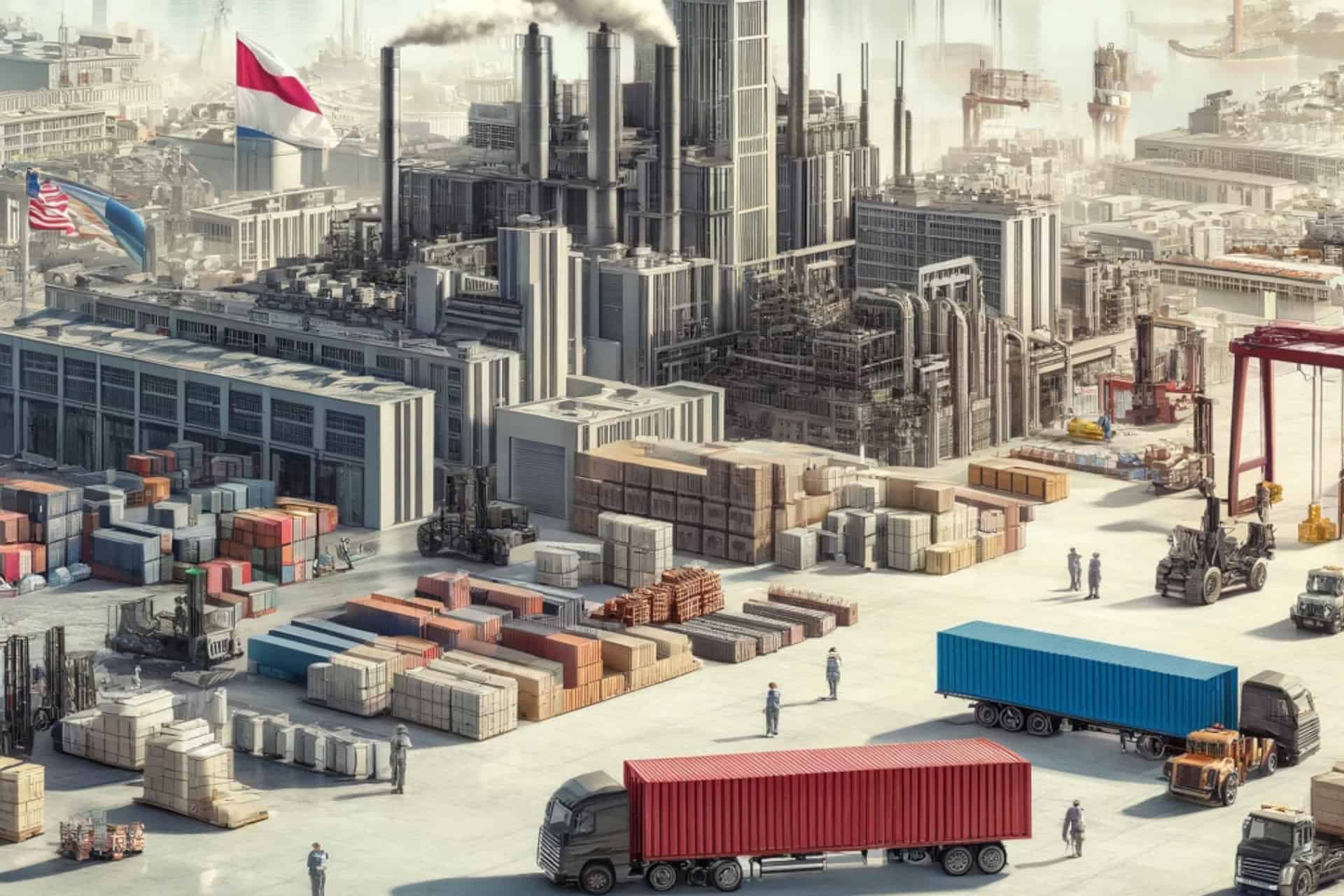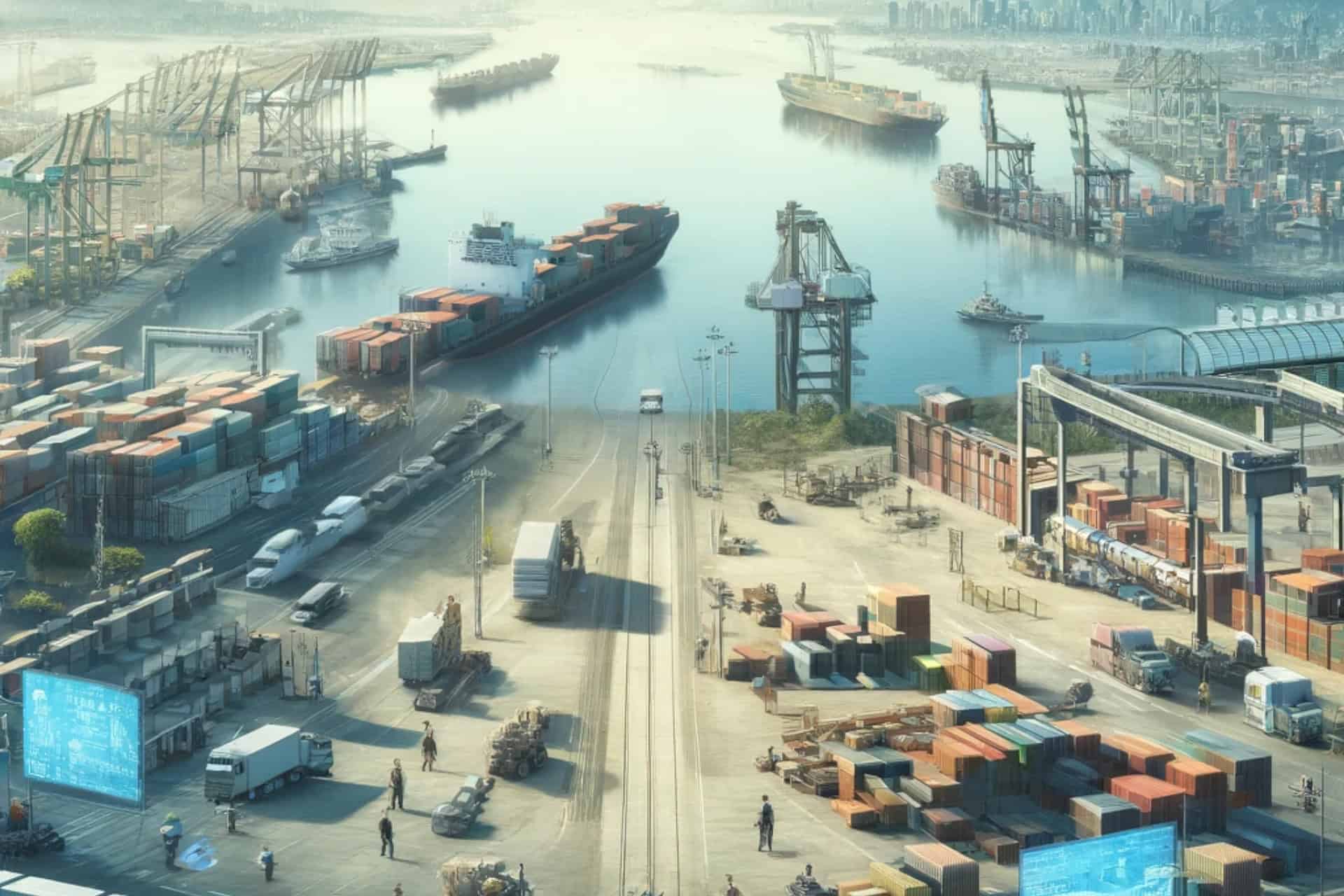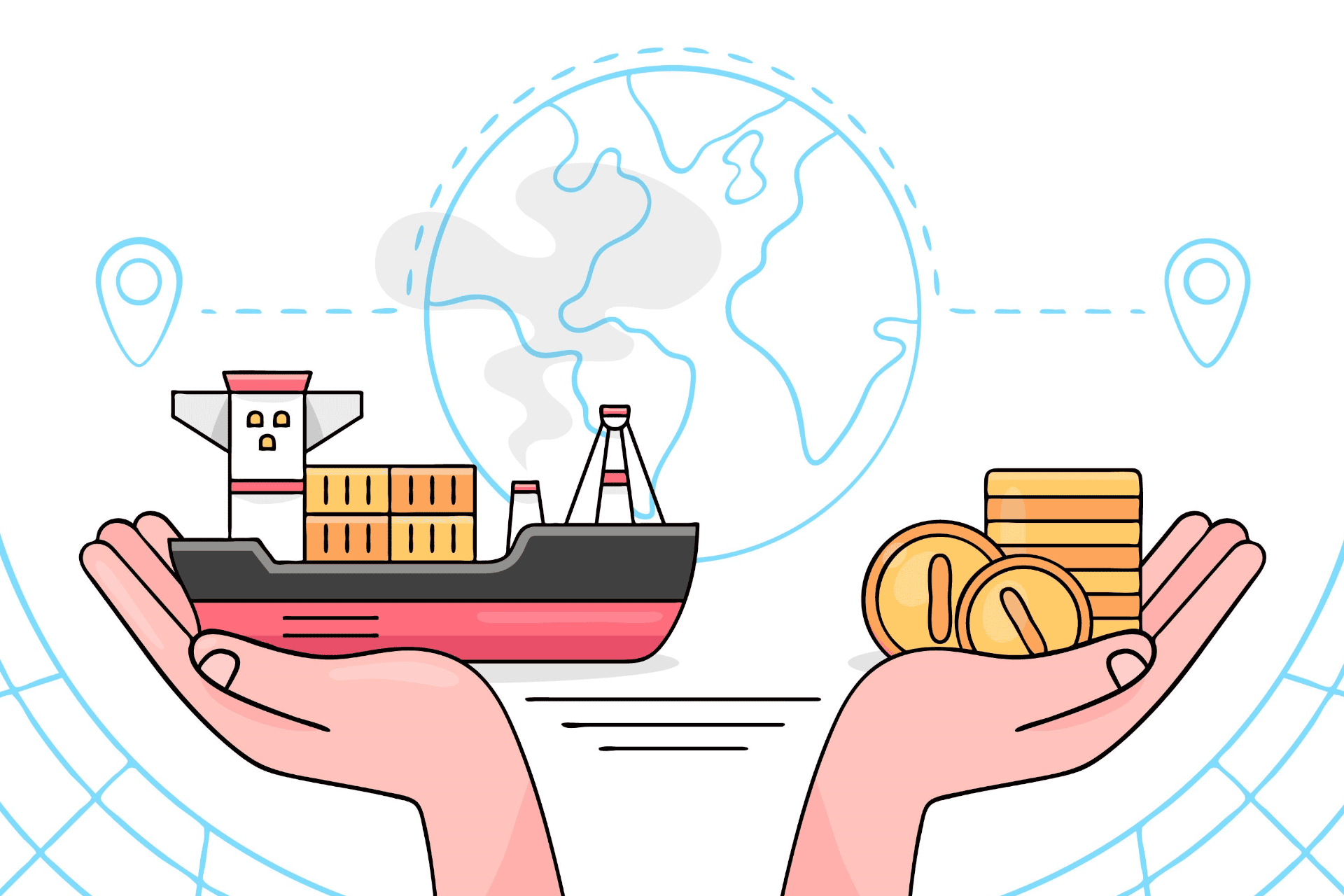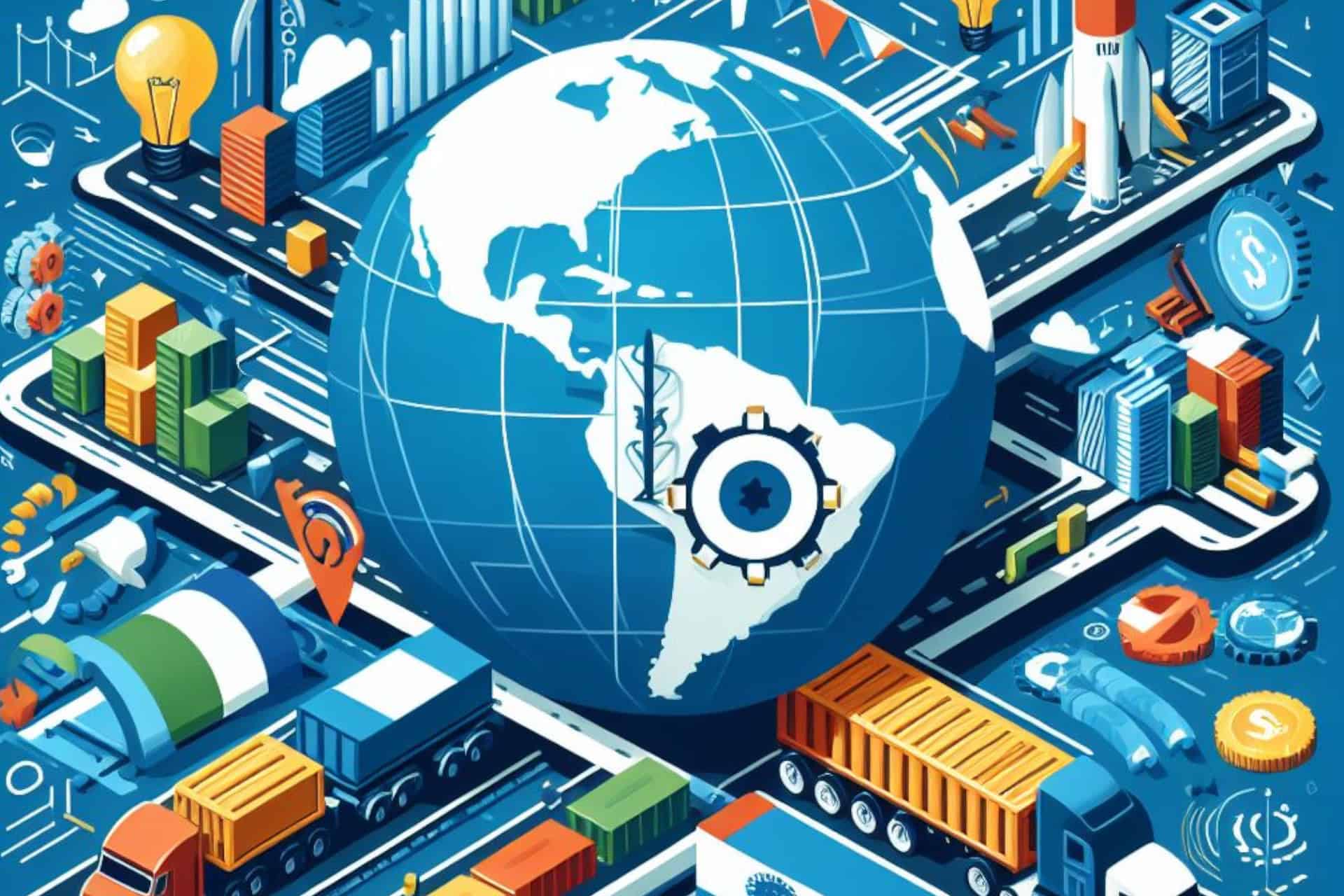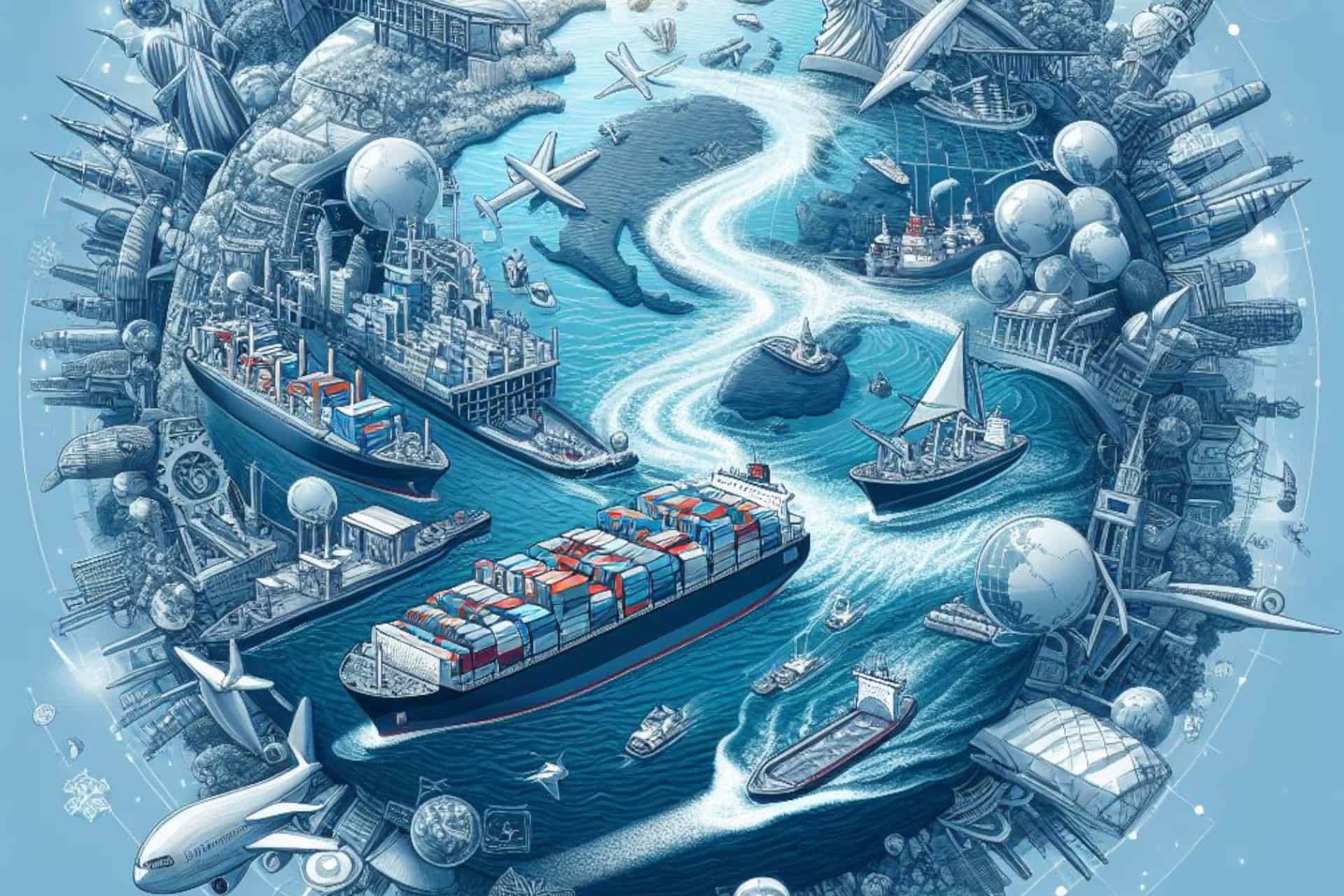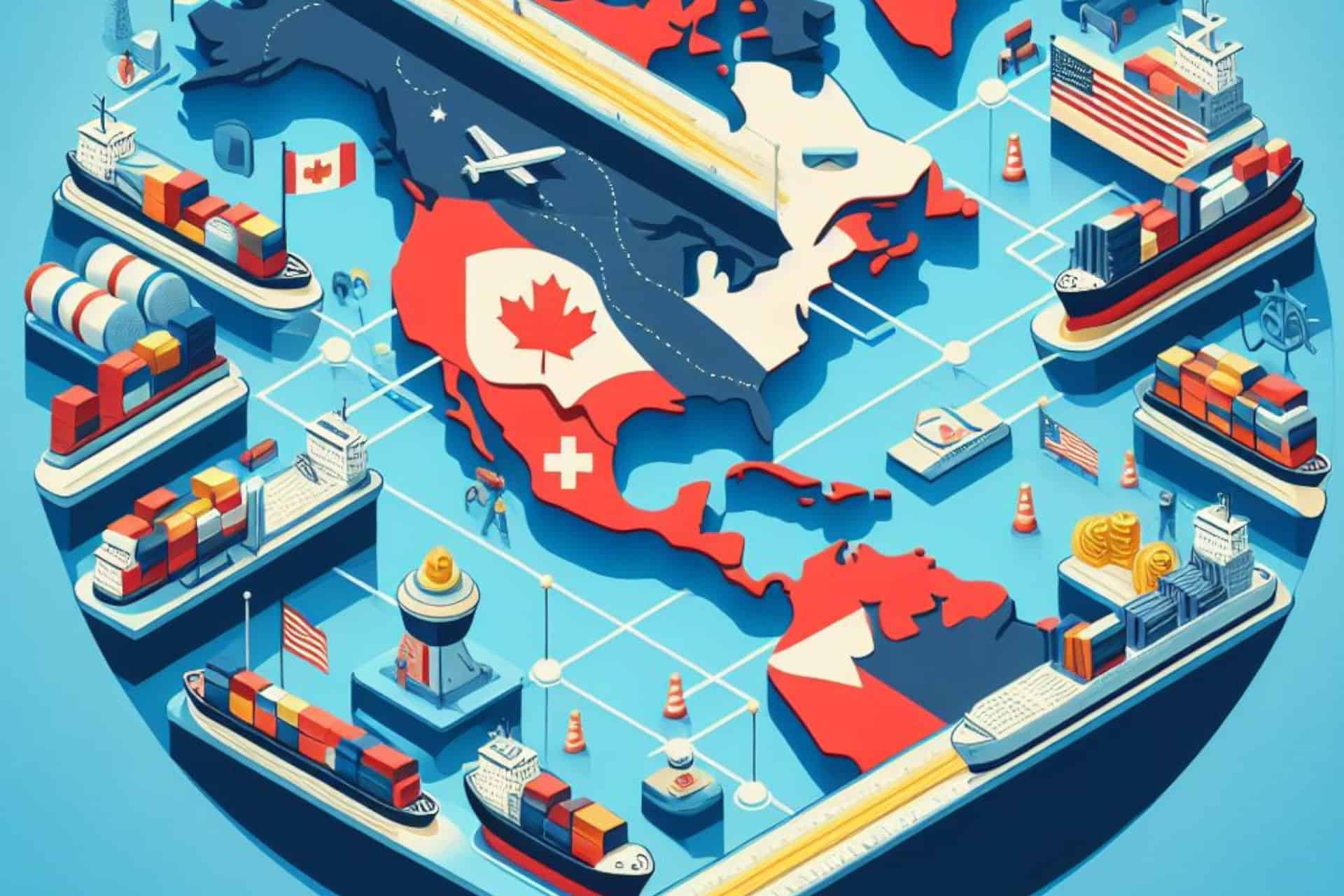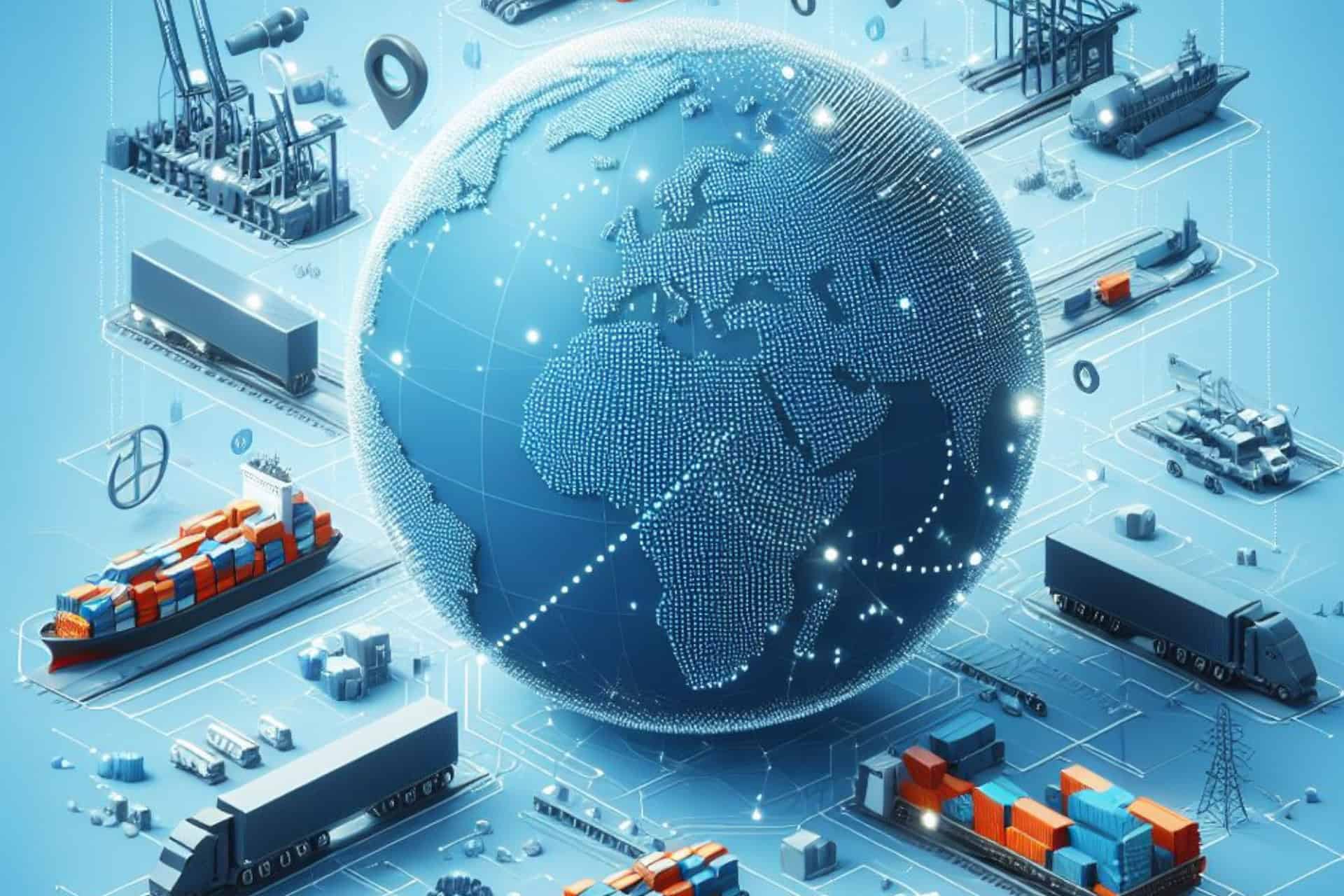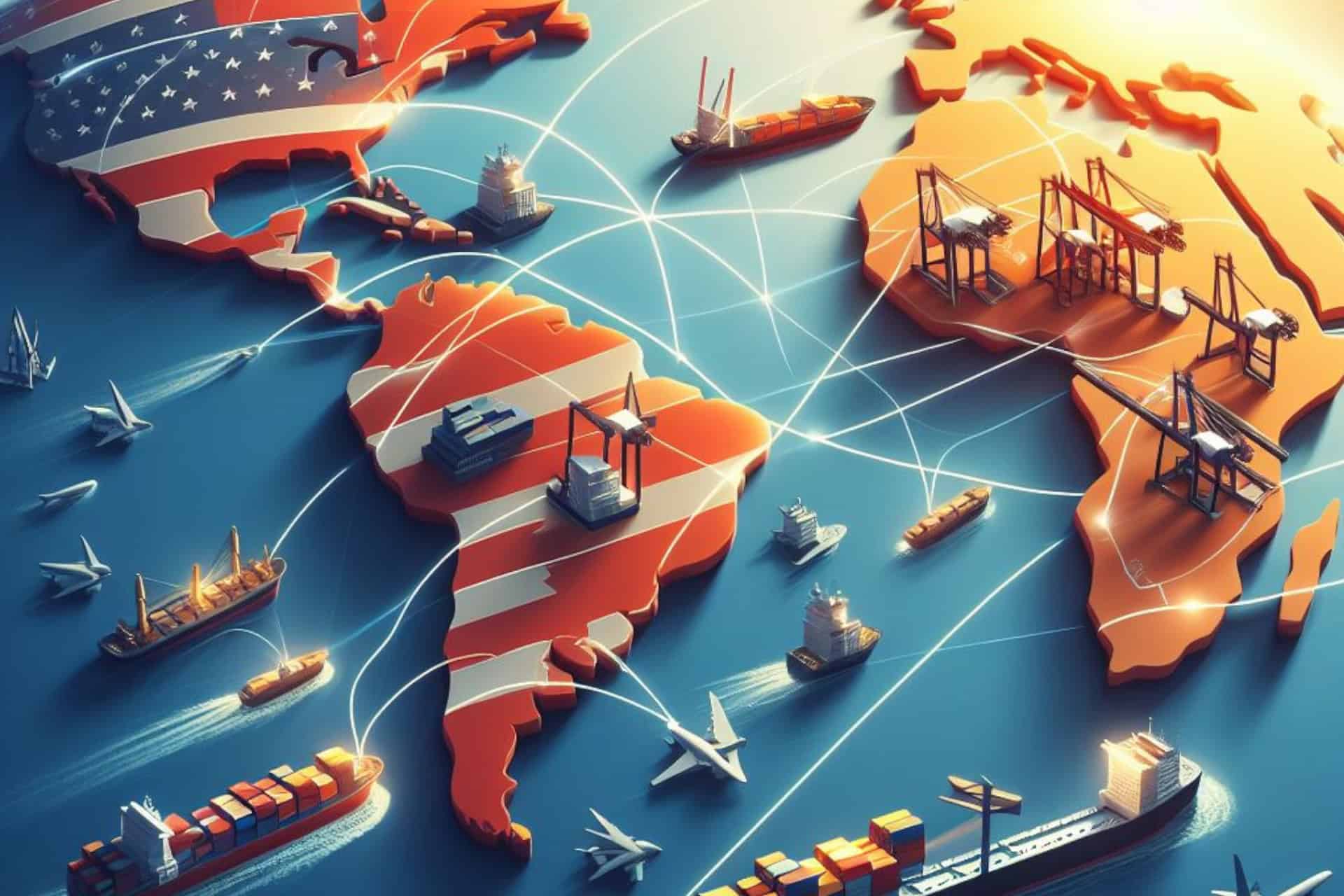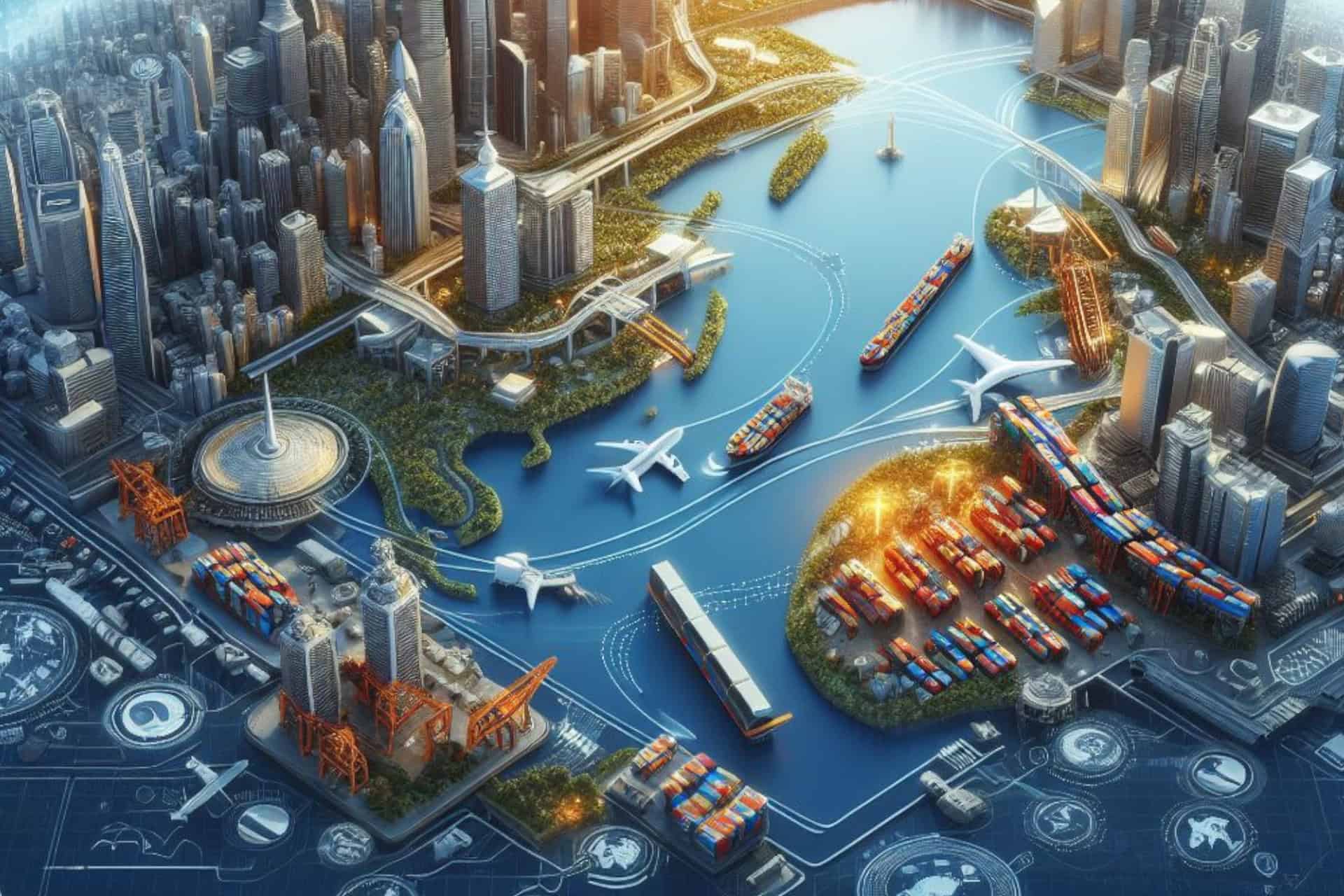The intertwining of international trade and technological innovation is shaping the future of global commerce. As nations strive to gain a competitive edge in the global economy, harnessing the power of innovation has become imperative. By embracing new technologies, fostering collaboration, and addressing challenges proactively, countries can navigate the evolving landscape of international trade and drive sustainable economic growth for generations to come.
In today's interconnected global economy, the seamless flow of goods and services across borders is paramount. At the heart of this dynamic lies infrastructure development, the backbone upon which trade connectivity thrives. From roads and railways to ports and airports, robust infrastructure facilitates the movement of goods, lowers transportation costs, and enhances market access for businesses worldwide.
Investments in infrastructure yield multifaceted benefits that extend far beyond mere physical connectivity. They serve as catalysts for economic growth, job creation, and poverty alleviation. By reducing trade barriers and improving logistical efficiency, infrastructure development fosters a conducive environment for trade expansion and economic prosperity.
One of the primary ways infrastructure enhances trade connectivity is by reducing transportation costs and time. Efficient transportation networks shorten lead times, allowing businesses to respond more rapidly to market demands. Improved roads and railways enable quicker movement of goods from production centers to distribution hubs, thereby streamlining supply chains and reducing operational costs.
Moreover, modern infrastructure facilitates trade diversification by opening up new trade routes and markets. Strategic investments in ports and airports create gateways to previously untapped regions, stimulating trade flows and fostering economic integration. For instance, the development of the Belt and Road Initiative has revitalized ancient trade routes, linking Asia with Europe and Africa through a network of infrastructure projects spanning land and sea.
Infrastructure also plays a pivotal role in enhancing the resilience of supply chains. By investing in robust infrastructure, countries can mitigate risks associated with natural disasters, geopolitical tensions, or disruptions in global trade. Diversified transportation routes and alternate modes of transport provide contingency options, ensuring continuity in trade operations even in the face of adversity.
Furthermore, infrastructure development promotes regional cooperation and integration. Collaborative efforts to build cross-border infrastructure foster closer ties between nations, encouraging dialogue, mutual understanding, and trust. Shared infrastructure projects not only strengthen diplomatic relations but also promote economic interdependence, laying the groundwork for sustainable development and peace.
In harnessing the full potential of infrastructure for trade connectivity, it is essential to prioritize inclusive and sustainable development. Investments should not only focus on major transportation corridors but also on improving connectivity in remote and marginalized regions. By bridging the infrastructure gap, countries can unlock opportunities for small-scale producers and marginalized communities, empowering them to participate more actively in global trade.
#InfrastructureDevelopment #TradeConnectivity #EconomicGrowth #GlobalTrade #LogisticalEfficiency #SustainableDevelopment
Read more views




